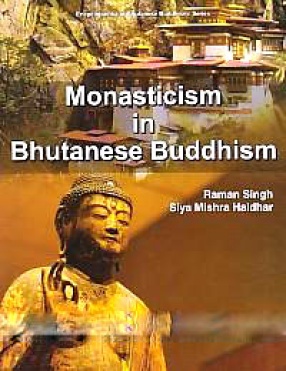Brahmins, originally in charge of the sacred sphere, followed different paths, creating therefore, within the community, many subcultures and ways of apprehending the world. From textual definitions to socio-economic adjustments, political influences and historical evolution, they went through multiple processes of identity building. Brahmin identity is indeed not an absolute notion. The various manifestations of Brahminical identities have to be pictured in contexts defined in connection with specific expressions of otherness. This book aims at understanding this dialogue between identity and otherness, creating phenomena of differentiation. The relations to a Brahmin model, the strategies to remain part of the elite, the discourses on secularism and casteism and identity repercussions of reservation policies in favour of backward populations are some of the factors which can elucidate the construction of such separate identities. So who is a Brahmin? This study questions the notion of Brahminical identity in India today, through the contextualization of discourses emerging from contemporary middle class Brahmins settled in Delhi, Agra and Chennai. It falls within the framework of an analysis of the cultural context of politics.
Monasticism in Bhutanese Buddhism
$145.80
$162.00





There are no reviews yet.